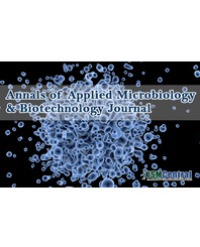
Assessing Inocula for Microbial Activity and Biofilm Formation for Wastewater Treatment in Microbial Fuel Cells
A wide range of inocula are being used for operating microbial fuel cells (MFCs). Inocula containing an active microbial consortium are critical for development of a biofilm on the anode that is ultimately responsible for optimal performance of MFCs. Selection of inoculum harbouring metabolically active microbes is thus essential. In this study, we have used the dye reduction-based electron-transfer activity monitoring assay (DREAM) to assess microbial activity in wastewater samples. Methylene blue was added to different dilutions of domestic wastewater and its subsequent reduction to the colourless state was measured at 660 nm. Microbial electron transfer activity was estimated in terms of DREAM assay coefficient. The wastewater samples were then introduced as anolytes in a microbial fuel cell. Biofilm formation on the anode was estimated using an improvised version of the microtiter dish biofilm assay that allows for rapid and non-invasive detection. The extent of biofilm formation and the subsequent power density produced conformed to the microbial electron transfer activity assessed using the DREAM assay. Cyclic voltammetry and SEM imaging further validated the results obtained. Domestic wastewater was then introduced as the common anolyte for the biofilms developed and substrate reduction in wastewater was evaluated. This work offers novel methods to assess microbial activity in inocula and to assess biofilm formation on anodes in order to suitably select these operating conditions for optimal MFC performance.
Kartik S Aiyer*, Vijayakumar BS

